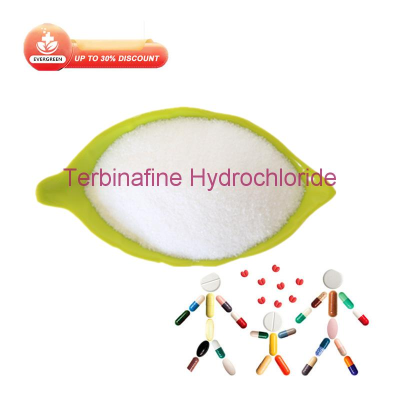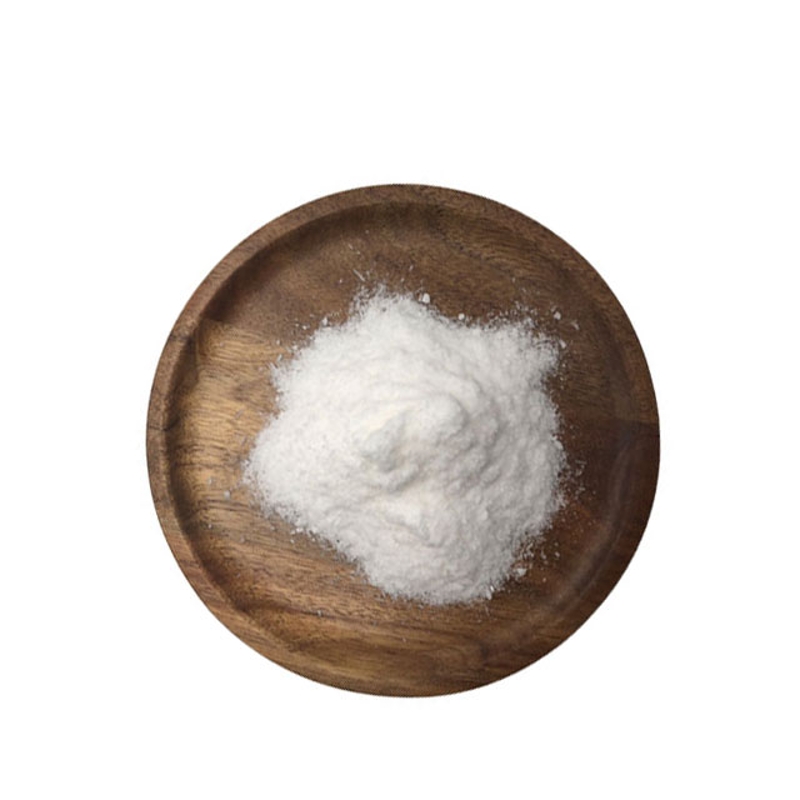-
Categories
-
Pharmaceutical Intermediates
-
Active Pharmaceutical Ingredients
-
Food Additives
- Industrial Coatings
- Agrochemicals
- Dyes and Pigments
- Surfactant
- Flavors and Fragrances
- Chemical Reagents
- Catalyst and Auxiliary
- Natural Products
- Inorganic Chemistry
-
Organic Chemistry
-
Biochemical Engineering
- Analytical Chemistry
- Cosmetic Ingredient
-
Pharmaceutical Intermediates
Promotion
ECHEMI Mall
Wholesale
Weekly Price
Exhibition
News
-
Trade Service
Background: Coronavirus disease 2019 (COVID-19), caused by severe acute respiratory syndrome coronavirus-2 (SARSCov-2), has impacted global health on an unprecedented scale, and the number of global cases continues to rise
.
Although COVID-19 is primarily considered a respiratory infection, it has important systemic effects, such as cardiac damage, which have been shown to be a significant factor in mortality in COVID-19 patients
Coronavirus disease 2019 (COVID-19), caused by severe acute respiratory syndrome coronavirus-2 (SARSCov-2), has impacted global health on an unprecedented scale, and the number of cases worldwide continues to rise
These include acute heart injury, myocarditis, arrhythmias, heart failure, and cardiogenic shock
Methods: In this study, 113 non-severe COVID-19 patients were grouped according to symptom onset duration of hospitalization: group 1 (≤1 week, n = 27), group 2 (>1 to 2 weeks, n = 28), 3 group (>2 to 3 weeks, n = 27), group 4 (>3 weeks, n = 31)
.
Clinical, cardiovascular, and radiological data at the time of hospitalization were compared among the four groups
Results: The levels of high-sensitivity troponin I (hs-cTnI) [10.
25 (IQR 6.
75-15.
63) ng/L] in group 2 were significantly higher than those in group 1 [1.
90 (IQR 1.
90 - 8.
80) ng/L] and group 4 [ 1.
90 (IQR 1.
90 - 5.
80) ng/L] (both Pbonferroni < 0.
05)
.
The proportion of patients with hs-cTnI level ≥5 ng/L in the two groups (85.
Table 1
.
Comparison of demographic .
Table 1
Table 2
.
Comparison of cardiac biomarkers, CRP, lymphocyte counts, and radiological outcomes among the four groups
Table 2
Figure 1
.
Scatter plots of cardiac biomarkers and SPO2, lymphocyte count and CRP
Figure 1
.
Scatter plots of cardiac biomarkers and SPO2, lymphocyte count and CRP
.
Cardiac biomarker levels were significantly correlated with SPO2, lymphocyte count and CRP
.
SPO2, pulse oximetry; CRP, c-reactive protein; hs-cTnI, high-sensitivity troponin I; BNP, b-type natriuretic peptide; CKMB, creatine kinase myocardial band; LDH, lactate dehydrogenase
.
Figure 2
.
Simulated changes in cardiac biomarkers in four groups of non-severe COVID-19 patients
.
The levels of hs-cTnI, myoglobin, BNP, and LDH were the highest in the second week after the onset of COVID-19 patients
.
hs-cTnI, high-sensitivity troponin I; BNP, b-type natriuretic peptide; LDH, lactate dehydrogenase; ULR: upper reference interval; LLR, lower reference interval
.
.
Simulated changes in cardiac biomarkers in four groups of non-severe COVID-19 patients
.
The levels of hs-cTnI, myoglobin, BNP, and LDH were the highest in the second week after the onset of COVID-19 patients
.
hs-cTnI, high-sensitivity troponin I; BNP, b-type natriuretic peptide; LDH, lactate dehydrogenase; ULR: upper reference interval; LLR, lower reference interval
.
Figure 3
.
Simulated changes in SpO2, lymphocyte count, CRP, and radiological outcomes in four groups of non-severe COVID-19 patients
.
Patients with COVID-19 had the highest CRP levels and lowest SpO2 and lymphocyte counts in the second week after symptom onset
.
At the same time, patients had the highest incidence of bilateral pneumonia
.
SPO2, pulse oximetry; CRP, c-reactive protein; ULR: upper limit of reference interval; LLR, lower limit of reference interval
.
.
Simulated changes in SpO2, lymphocyte count, CRP, and radiological outcomes in four groups of non-severe COVID-19 patients
.
Patients with COVID-19 had the highest CRP levels and lowest SpO2 and lymphocyte counts in the second week after symptom onset
.
At the same time, patients had the highest incidence of bilateral pneumonia
.
SPO2, pulse oximetry; CRP, c-reactive protein; ULR: upper limit of reference interval; LLR, lower limit of reference interval
.
Conclusions: Non-severe COVID-19 patients were most likely to develop cardiac injury in the second week after symptom onset
.
hs - cTnI≥5 ng/L may be a manifestation of early cardiac injury in patients
.
.
hs - cTnI≥5 ng/L may be a manifestation of early cardiac injury in patients
.
Original source: Lin Y, Yan K, Chen L, et al.
Role of a lower cutoff of high sensitivity troponin I in identification of early cardiac damage in non-severe patients with COVID-19.
Sci Rep 2022 Feb 11;12(1 )
Leave a comment here







